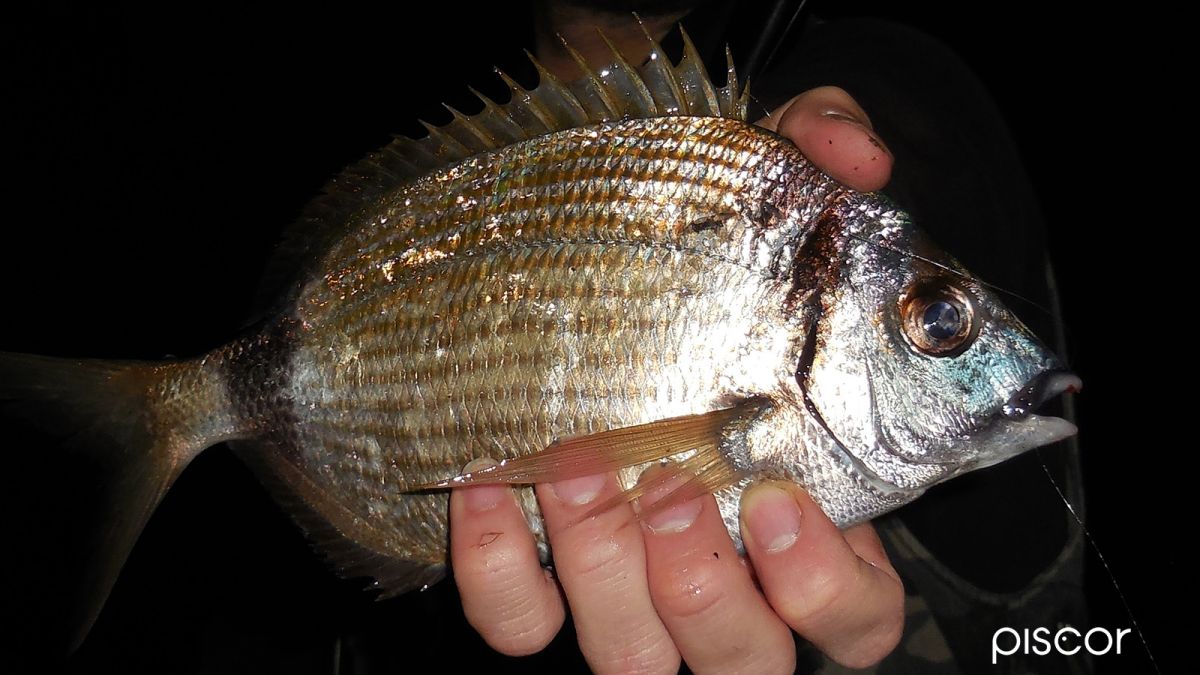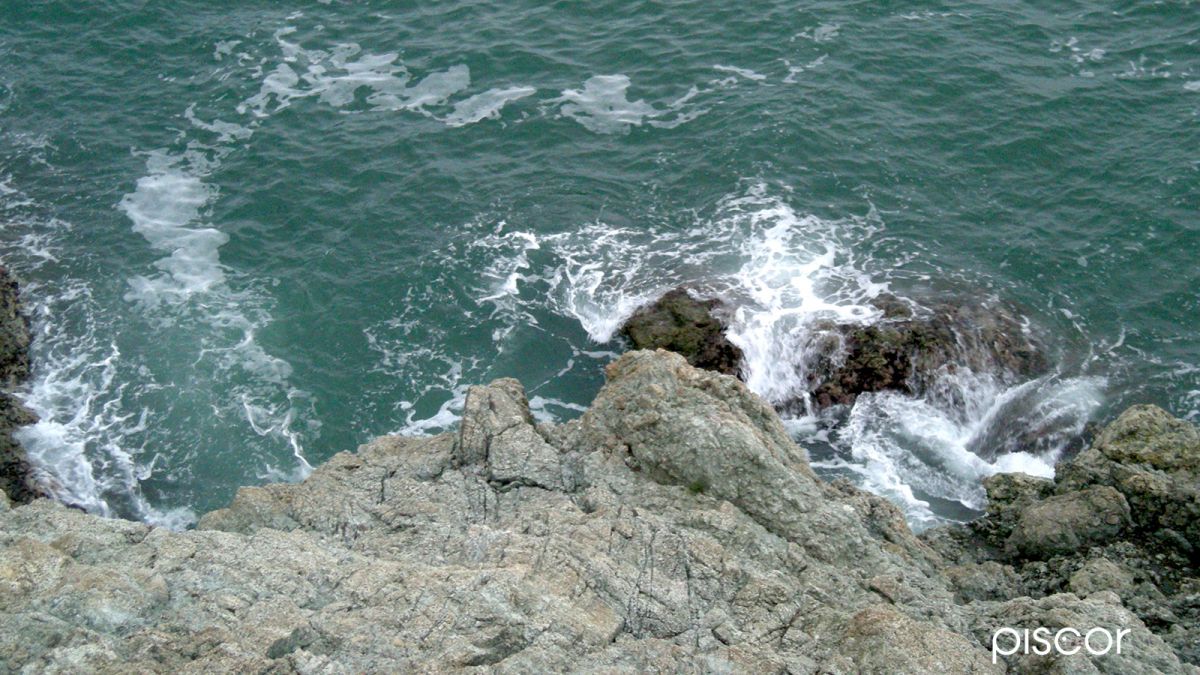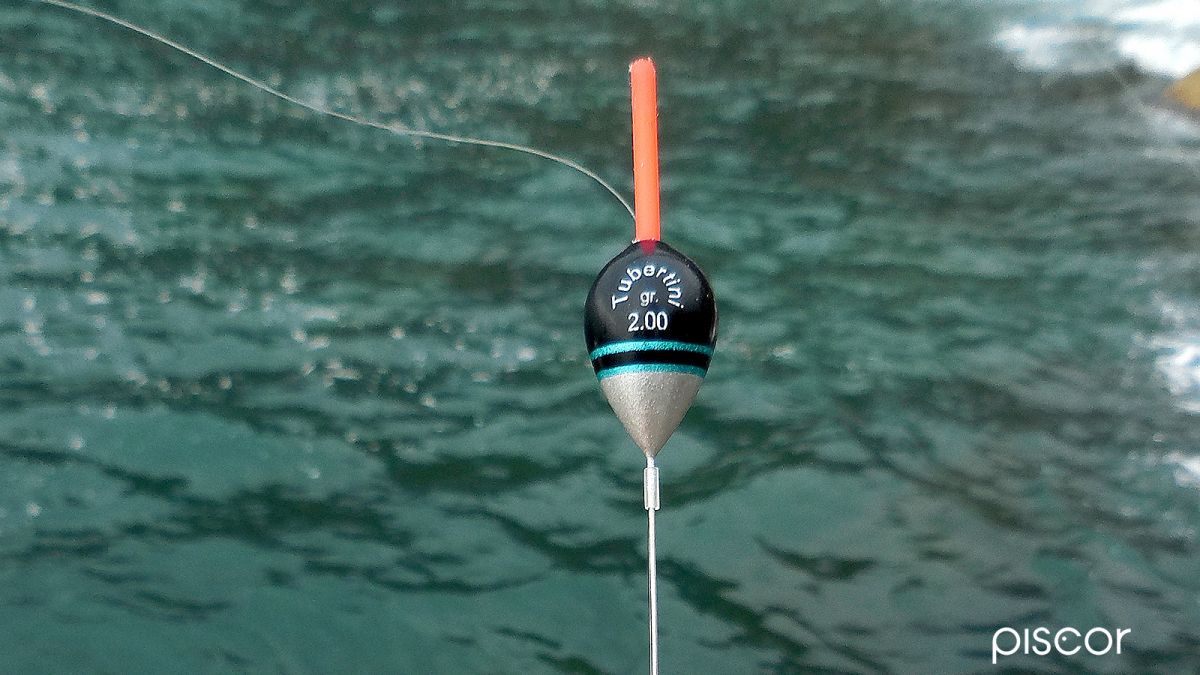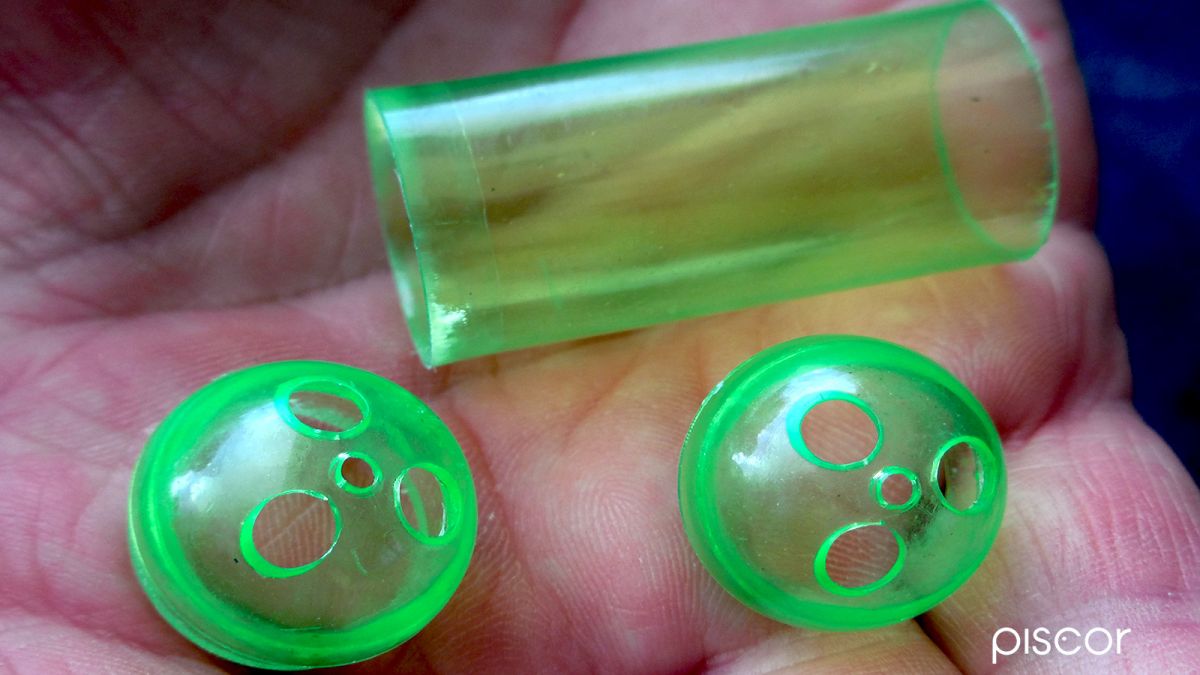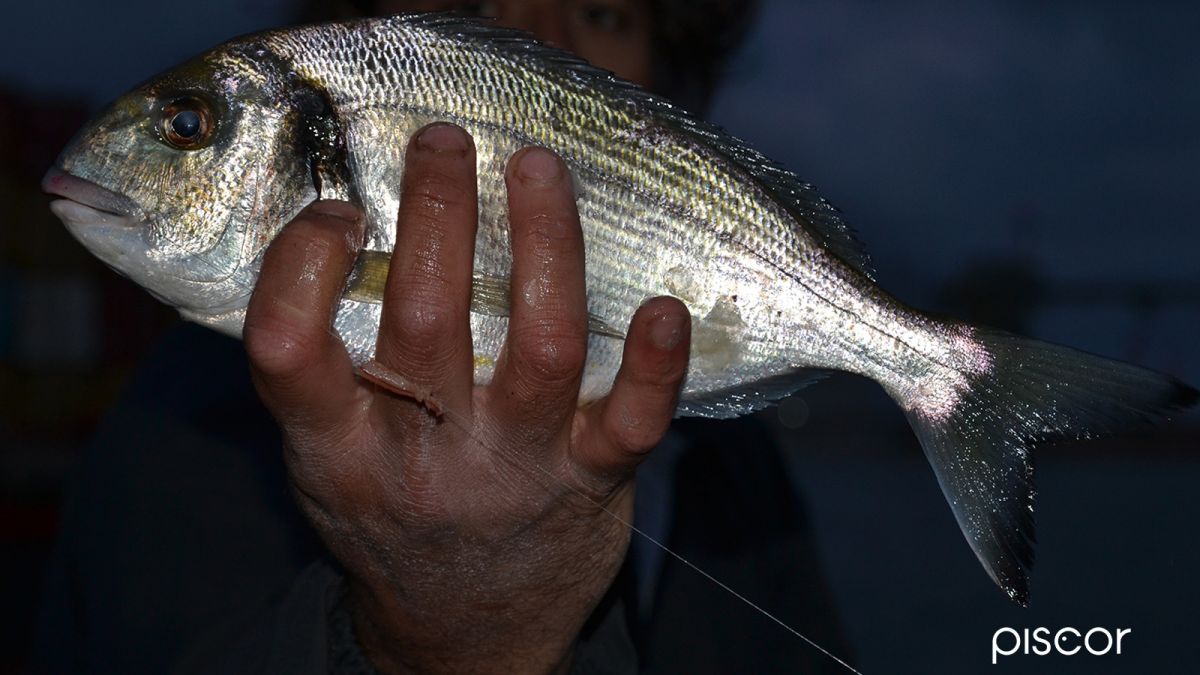Bolo Fishing is certainly the most beloved technique of the land fisherman, rods of five, six and seven meters are well present in the rod holders of the vast majority of practitioners of this discipline.
Sometimes, however, it is not enough, there are certain situations, certain conditions that oblige us to use tools considered niche by most, we are talking about the Bolo "extra long", rods of the length of eight, nine meters, useful and essential on rare occasions, but sometimes able, in some circumstances, to turn really positive the outcome of the catch!
Usually Bolo fisherman prefers to fish in relatively shallow waters, with depths that generally oscillate between two and four, maximum five meters. Because in this type of conditions you can easily fish with a fixed float, and using a six or seven meters, we can have at least a couple of meters of margin between the float and the tip of the rod that allow us to make an easy fishing action.
Many fishermen, in fact, are reluctant to use sliding floats or the use of longer rods because they consider them expensive from an economic point of view, that too demanding from a physical point of view for an entire day of fishing, seen and considered their greater weight than the "sisters" of shorter length.
The use of long rods or sliding floats are clues that make us understand indirectly that the fishing action will take place on high seabeds, over six, seven meters. In this case, the Bolo fisherman has an additional difficulty, namely baiting. It will be very difficult to do so in these circumstances, especially with loose maggots, given the important depth of the spot.
Unless we are inside a port, in a stretch of water characterized by literally still water and total lack of current, we will have to engineer and necessarily resort to more effective pasture strategies not to go and negatively affect the fishing action.
The situation we went to examine is quite complex and demanding, in fact, a triptych of factors such as: length of the rods, shallow water and baiting, which, put all together, make it very complicated and difficult to approach fishing for the average bolo fisherman. But this should not discourage us, often we see fishermen who remain anchored in their small certainties, while many times it would be better to engineer ourselves and try new approaches to fishing that in the long run may be more productive and advantageous in terms of catch.
There is also a fourth factor that should not be underestimated, namely the choice of float that can be fixed or sliding, each has its advantages and disadvantages, so even this element will involve a fairly accurate analysis.
After this fundamental technical examination, we now move on to analyze in detail each factor, and then conclude with a brief analysis of the environments and types of places in which it will be congenial to adopt this technique.
The first of these that we will go into in depth will be the shallow water, also trying to understand the reason for this choice. Unlike shallow waters, where the fish is generally passing through, at depths between six and ten metres the fish tends to stay permanently, either looking for food, or sheltering in a den within some of the recesses in the bottom, if not even between the rocks of a possible submerged reef. Here it will be easier to find the fish in activity or invite it with a correct pasturage to come out to eat, certain of its presence, which is clearly not feasible on the shallow water.
Having ascertained why we must tend to choose seabeds of a certain importance, we still have to understand how we want to fish, or we will have to choose whether to use a fixed or sliding float, this choice is also intimately related to the length of the rod.
By using the sliding float, in fact, we will not necessarily need very long and demanding rods, just place on the main line the classic stopper, or a Uni knot, to be able to fish on the seabed of about ten meters, even with rods of length of four or five meters. Both the above mentioned fixing systems of the float can easily be placed inside the spool of the main line present in the reel, thus obviating the shorter length of the rod.
Of course, fishing with the slide is a winning system, but it is not always so. With this method, in fact, we fish very well on the shallow water characterized by still water and light current, while we are penalized on those characterized by more sustained current. But why? The reason lies in a key word: "withholding".
What is withholding?
It is a particular fishing action, practiced for decades with the Bolo rod in all waters where there is current, both in the sea, but mainly in fresh water, where it originated. It consists in holding the line during its passage on the wire of the current, so that the rig, and consequently the bait, rise from the bottom, thus making continuous "invitations", alternating with "releases" of the line in order to make more natural and attractive all the fishing apparatus.
Perhaps many of you do not know that in the sea all fish behave like predators, and even fish considered by the most "herbivores", such as mullets, are actually omnivorous, and do not disdain snacks based on shrimp and small fish. This is to make it clear that all fish species in the sea are attracted by movement, and by seeing any form of food fluctuate within the current flow.
Well, once clarified this aspect will begin to appear more prominently the reason why the float sliding and fishing current can not get along. The crux of the matter lies in the fact that the fixed float, being stopped directly on the line, will signal us during the detention phase any bites of the fish, precisely because of the fact that it is fixed directly on the main line.
On the contrary, this will not be possible through the use of the sliding float, which, having the constraint not on the rod, but above the wire loop, will tend to slide upwards during the retention phase, remaining afloat on the water surface, not necessarily meeting the stop rubber, and therefore failing to signal any bite because of its "non-fixing".
This explains consequently why the choice of the type of float heavily influences the length of the rod.
In order to carry out a correct restraint fishing action, we have deduced from the above considerations that it is compulsory to use only the fixed float. Therefore, in order to use the fixed and to practise a correct detaining fishing action near the bottom on seabeds of seven or eight metres, it is essential to use Bolo rods with a length of eight or nine metres, so as to have, depending on the bottom, at least one metre of margin during the fishing action between the float and the top of the tip.
But it doesn't end there, high bottoms, fixed float, Bolo "extra long", but there is still a fundamental aspect to be examined: the baiting!
How to carry out a correct pasture in the layers of water close to the bottom?
First of all we discard the launch of loose maggots, which would only attract afloat fish such as horse mackerel and oblades, which in addition to not lowering the pasture, which already would have great difficulty given the current, would end up intercepting our trap when falling to the bottom, with the risk of never letting us go fishing.
Excluding bulk baiting, it immediately comes to mind the possibility of gluing the maggots with gravel to quickly reach the bottom, and it is clearly an effective method, although we can have an equally effective solution.
The glue, the gravel, the bucket to carry out the gluing, are all "extra ballast", that if possible, it is better to avoid, to carry with you seen and considered that not always to the sea it is so easy to reach the fishing spots, that most of the times they turn out to be a little uncomfortable. It is for this reason that after several attempts we have managed to optimize the fishing action through the use of a particular feeder, that is the feeder who has been blown open!
We place it inside the shoulder pad, as we like, making it oscillate in a narrow interval between two pellets, more "upstream" towards the float, or more "downstream" towards the end, depending on the current and the degree of naturalness that we want the line to assume.
Usually we tend to position it at about half of the line, in order to obtain the right compromise between the naturalness of the line and the precision of the baiting. We can adopt this fishing system in all the spots characterized by shallow water and sustained currents. Ports, marinas, reefs, are all valid places, provided that there are the conditions mentioned above.
Equipment
The equipment will therefore be composed of a medium-stiff Bolo ord with a length of 8-9 meters, the float, as already mentioned, will be fixed, with a weight ranging between 3 and 6 grams, depending on the intensity of the current.
The main line will be constituted by a nylon of the 0.18 while the rig will be a good fluorocarbon of the 0.16, both will be joined by a blood knot, and the final will end with a fairly robust hook which will oscillate between the number 10 and the number 14. The rig will have a length varying between 70 and 100 centimeters.
From the junction knot between the two lines to climb there will be a shoulder strap that will gradually close as we approach the pole of the float. The latter will have the shape of an inverted pear, more effective in the holding phase, because the sea, with its slight wave motion, always tends to create a certain instability to the indicator. In addition, for better stability, we always recommend the use of floats with metal rods.
The fishing action will be the classic one of the retention, we will launch on the wake of current making the usual calls and releases, and after a few passes, we will load again the feeder, but without pressing too much the maggot inside, which, in contact with water, would end up sticking to the walls of the same, creating a sort of cap that would prevent the natural escape of the larvae.
The "highlight" phase of the fishing action occurs precisely during the withholding, it will not be uncommon in the presence of bream size feel directly the bang in the rod, at which point we will loosen a little 'tension of the line to allow the fish to swallow the bait better and so sink the float, and then retrieve vigorously.
The retrieve, in fact, will have to be powerful, because the long leverage and friction in the water due to the size of the shepherd himself could lead to a little penetration of the hook in the leathery mouthparts of the fish, leading to unpleasant unhooking.
The trigger will be constituted by a maggot on the stem, while the rest will be just pinned. The number of the latter will vary depending on the size of the hook used.

